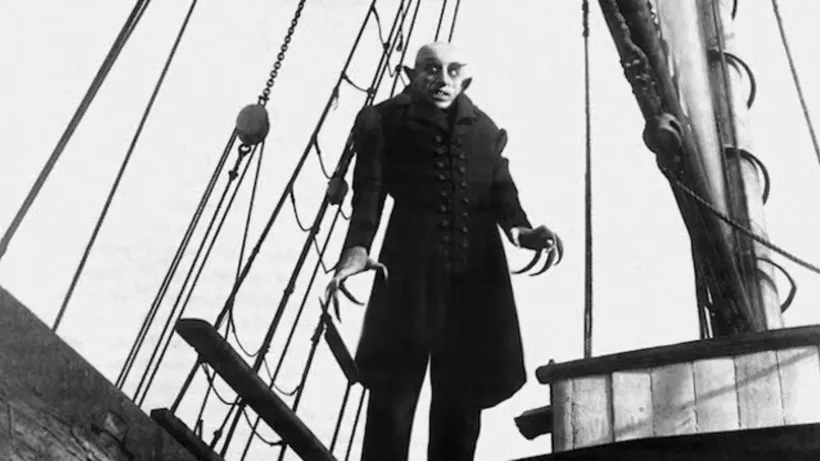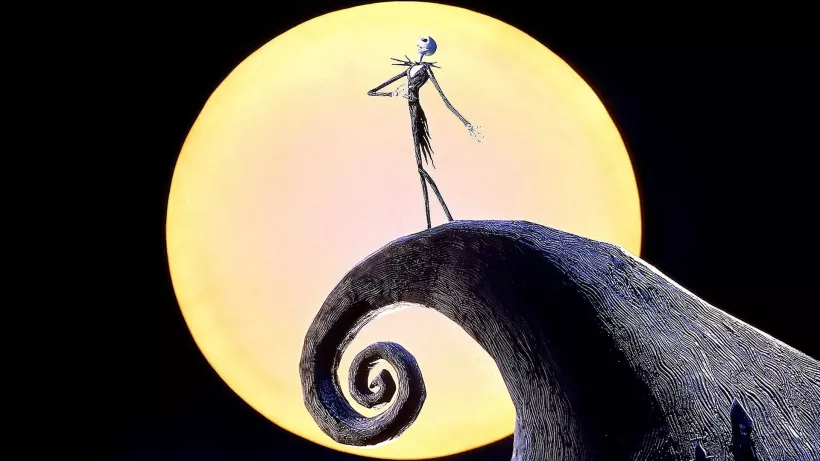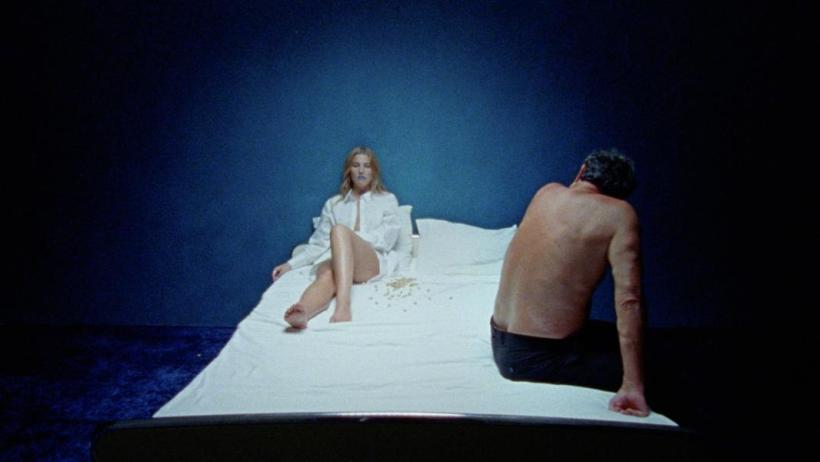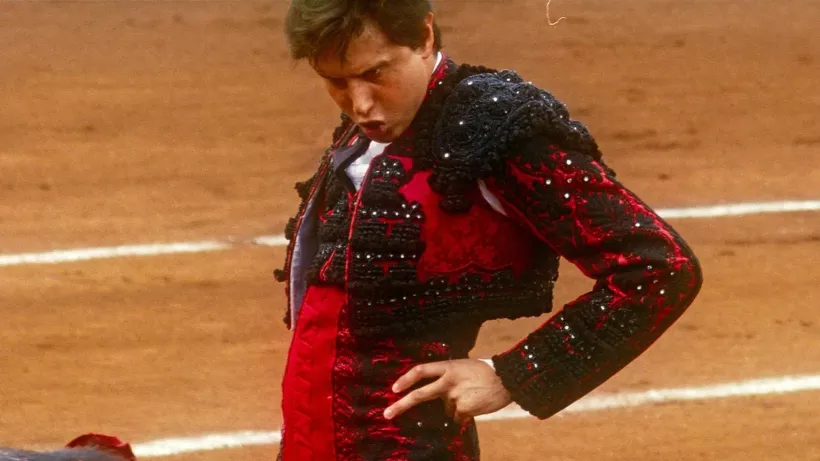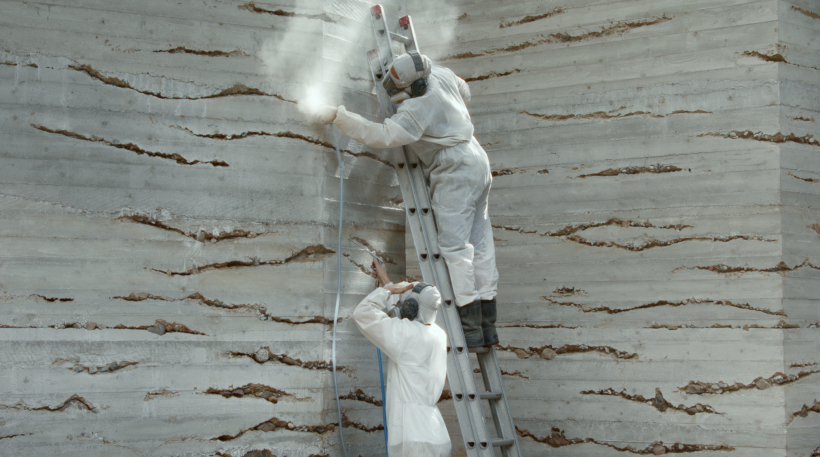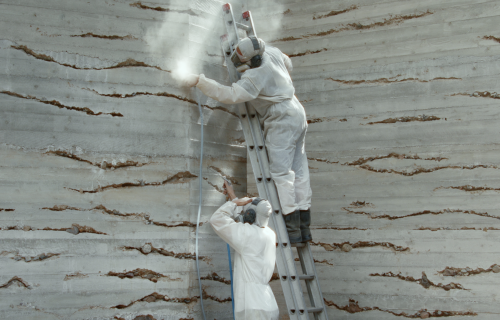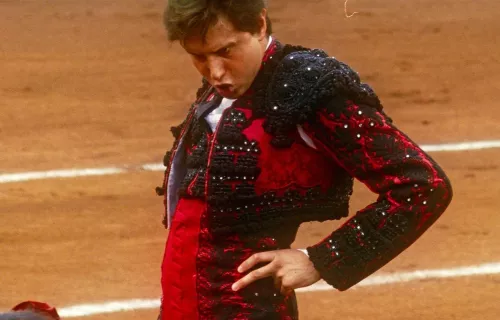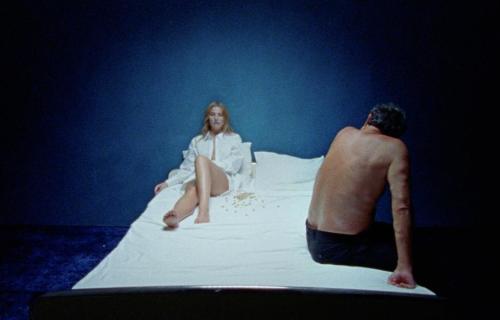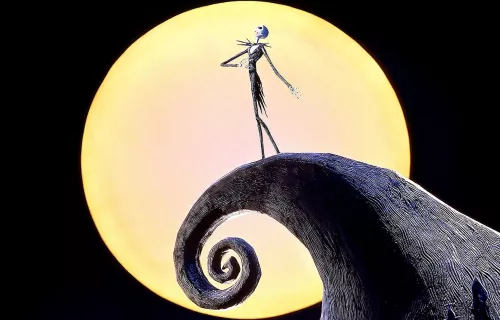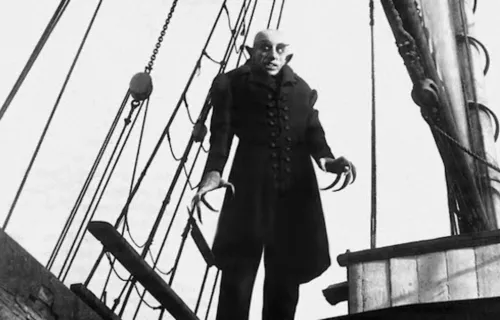
Film
SPECIALS
UITGELICHT:
▪▪▪ In 2018 won de Rotterdamse architect Enzo Valerio een ontwerpwedstrijd voor een multifunctioneel paviljoen in het Pinetum Blijdenstein. De langverwachte bouw van een nieuw paviljoen in deze botanische tuin van Hilversum ontvouwt zich op het ritme van de natuur. AT THE GARDEN'S PACE is een meeslepende, observerende documentaire die het bouwproces transformeert tot een meditatieve ervaring. Enzo Valerio is aanwezig tijdens de introductie en Q&A bij de eerste vertoning van de film op 2 december 2025.
▪▪▪ In TARDES DE SOLEDAD brengt regisseur Albert Serra een indringende blik op de wereld van de tauromachie — een traditie die evenzeer wordt gevierd als verafschuwd. Met de camera dicht op de huid van de matador toont Serra niet alleen een fysieke strijd, maar onthult hij ook een mannenwereld waarin eenzaamheid en kwetsbaarheid verscholen gaan achter bloeddoordrenkte pakken. Na de vertoning op zondag 7 december volgt er een live Q&A (± 30') met regisseur Albert Serra zelf, met dank aan Europalia en Bozar.
▪▪▪ In THE TREE IN THE WIND SHOULDN'T THINK IT IS DANCING keren de makers van Papar terug naar een kinderlijke kijk op de wereld. Sybren Ypma, scenarioschrijver en regisseur van Papar, ontwikkelde de film rond een jeugdles van zijn moeder: “Je hoeft dingen niet te begrijpen om ze mooi te vinden.” Op 26-jarige leeftijd kijkt hij terug op zijn jeugd, een tijd waarin hij de wereld niet hoefde te begrijpen om schoonheid te ervaren. De voorstelling wordt voorzien van een inleiding en nagesprek.

